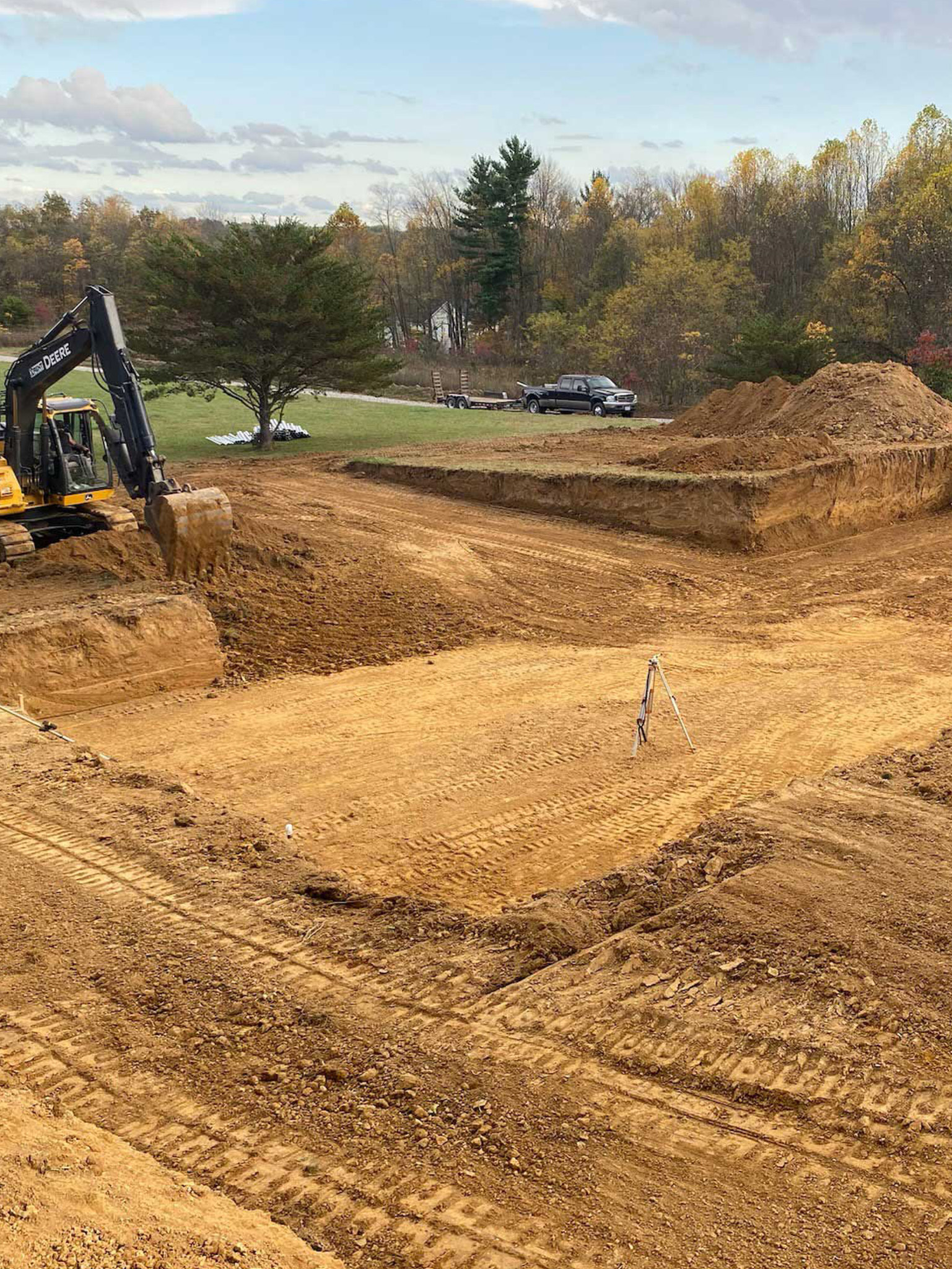In-Depth Exploration: The Scientific Research Behind Superior Excavation Practices
The world of excavation practices is a domain name where science intertwines with craftsmanship to discover the enigmas hidden under the planet's surface. From ancient hand devices to modern hydraulic excavators, the evolution of excavation techniques has actually been a testament to human ingenuity and technical innovations. Nonetheless, what genuinely establishes remarkable excavation practices apart is a deep understanding of geological concepts, combined with the utilization of cutting-edge tools and approaches. By discovering the scientific research behind these techniques, we can reveal the tricks that exist below our feet and appreciate the accuracy and competence that go right into every dig.
Development of Excavation Techniques
Throughout background, the evolution of excavation techniques has played an essential function in advancing building methods and historical discoveries. From the basic tools made use of by our forefathers to the innovative equipment utilized in modern times, the development of excavation approaches has significantly transformed how we approach various jobs.
In ancient times, manual work with basic tools such as shovels, pickaxes, and wheelbarrows was the primary technique of excavation. This labor-intensive procedure limited the deepness and scope of excavations, typically leading to sluggish progression and restricted accessibility to particular sites. As human beings advanced, so did the tools and techniques used for excavation.
The Industrial Change noted a transforming factor in excavation techniques with the intro of steam-powered equipment. In modern times, modern technology plays a pivotal role in excavation, with developments like GPS systems, drones, and 3D scanning improving precision and effectiveness in the field.
Role of Technology in Excavation

The assimilation of innovative modern technology has actually essentially transformed the field of excavation, boosting precision and efficiency to extraordinary degrees. Among the essential technological advancements that has considerably affected excavation practices is the utilization of general practitioner systems. These systems permit precise mapping of excavation websites, allowing operators to properly locate underground utilities and frameworks. Furthermore, using telematics in excavation tools has enabled real-time tracking of device efficiency, causing proactive upkeep and increased functional productivity.
Additionally, the arrival of 3D modeling and simulation software has streamlined the preparation procedure for excavation projects. Engineers and drivers can now envision the entire excavation process before beginning, recognizing potential challenges and enhancing operations. In combination with this, the implementation of drones in excavation activities has assisted in airborne studies, volumetric measurements, and site evaluations with unequaled rate and precision.
Geological Concepts in Excavation
An understanding of geological principles is vital for ensuring the structural honesty and stability of excavation sites. Geological variables play a critical function in identifying the usefulness and security of excavation jobs.
By conducting complete geological studies and analysis, excavators and designers can develop strategies to reduce threats and ensure the successful conclusion of excavation tasks. Ultimately, incorporating geological principles right into excavation practices is vital for achieving safe, effective, and lasting outcomes.

Latest Devices for Excavation
In the world of excavation techniques, modern technologies in devices have actually reinvented the effectiveness and precision of excavation processes. One of the latest devices making waves in the sector is the usage of drones furnished with sophisticated imaging innovation. These drones can provide detailed airborne studies of excavation sites, providing real-time data on topography and potential threats. This details aids in better preparation and decision-making during the excavation process.
An additional cutting-edge device getting appeal is the implementation of 3D printing technology for developing personalized excavation tools. This permits the production of specialized devices that are tailored to the details demands of a project, boosting effectiveness and lowering downtime.
Additionally, advancements in materials scientific research have actually led to the growth of stronger and a lot more durable excavation tools. dump truck companies in ohio. Tungsten carbide-tipped excavator attachments, for instance, offer superior efficiency in difficult ground problems, enhancing efficiency on-site
Scientific research's Impact on Excavation Practices

In addition, scientific research study on dirt mechanics and geotechnical design has actually provided useful understandings right into soil habits, permitting excavation experts to make enlightened choices concerning excavation techniques and dirt stablizing techniques. In general, scientific research proceeds to drive technology and improvement in excavation practices, making excavation projects a lot more effective, cost-efficient, and lasting.

Final Thought
To conclude, the development of excavation methods has been greatly affected by improvements in innovation and a deeper excavating ohio understanding of geological concepts. The current tools and equipment made use of in excavation have improved performance and precision in the field. The application of clinical understanding has significantly boosted excavation methods, leading to extra efficient and sustainable techniques for digging deep into different types of materials.
In the realm of excavation practices, contemporary innovations in devices have actually changed the effectiveness and precision of excavation processes. By leveraging clinical concepts, the excavation market has been able to dramatically improve efficiency, precision, and security in excavation processes. GPR allows excavation groups to non-invasively scan and map subsurface structures, energies, and prospective risks, allowing them to prepare excavation jobs with higher precision and lowered danger of accidents.
In addition, scientific research on dirt auto mechanics and geotechnical design has offered important understandings into dirt habits, allowing excavation specialists to make informed choices relating to excavation methods and dirt stabilization methods. In general, scientific research continues to drive innovation and enhancement in excavation practices, making excavation jobs more effective, cost-effective, and lasting.